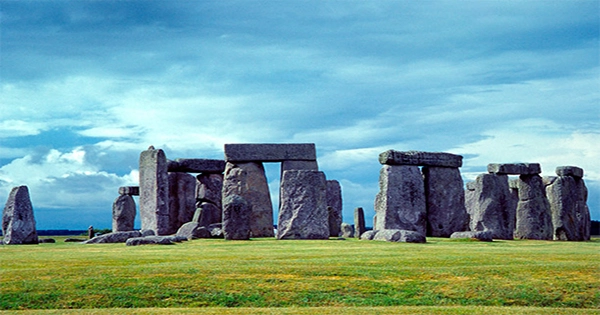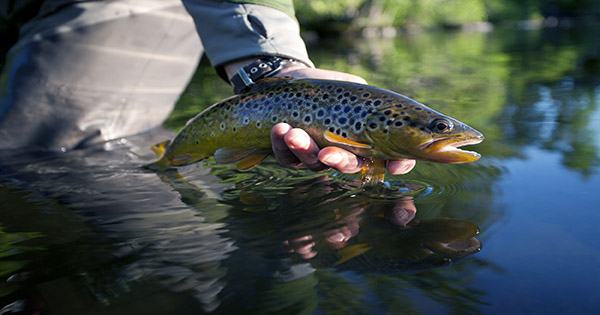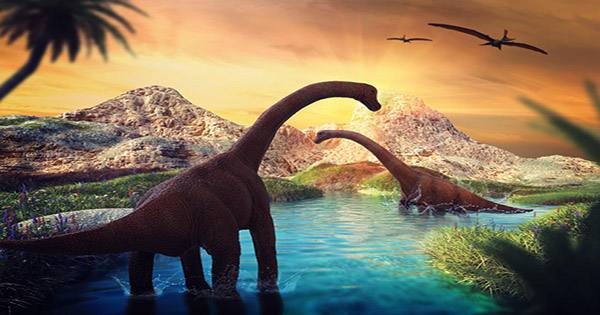Prehistoric feces discovered in a town near Stonehenge shed information on the Neolithic monument’s builders’ pets, parties, and shady diets. Archaeologists from the University of Cambridge discovered 19 coprolites – fossilized old excrement – at Durrington Walls, a village less than 3 kilometers (1.8 miles) from Stonehenge that was occupied about 2500 BCE when much of the stone monument was erected (Stonehenge was built in multiple stages between 3000 BCE and 1500 BCE). Given the site’s location and age, it’s thought that Durrington Walls was home to some of the Stonehenge builders.
According to the journal Parasitology, parasite eggs were found in at least five of the 19 ancient poops (one from a person and four from canines). At least four of them, including human feces, contained capillariid parasite worm eggs, which presumably entered people’s intestines after they ate raw or undercooked organs from an infected animal. Perhaps the canines were given the human feces, parasites and all, after that. “This is the first time intestinal parasites have been discovered in Neolithic Britain, and to find them in the Stonehenge setting is incredible,” research lead author Dr. Piers Mitchell said.
Fish tapeworm eggs were also discovered in one of the old dog feces. Although no further evidence of fish consumption has been discovered at the scene, it is apparent that the dog became sick after eating raw freshwater fish. “Because capillariid worms may infect cattle and other ruminants, cows appear to be the most likely source of parasite eggs,” said Dr. Piers Mitchell of Cambridge’s Department of Archaeology in a statement.
“Finding capillariid worm eggs in both human and canine coprolites suggests that people were eating sick animals’ internal organs and feeding the leftovers to their dogs,” said co-author Evilena Anastasiou, who worked on the study while at Cambridge. The Stonehenge builders’ permanent residence was most likely not Durrington Walls. According to the researchers, it was the location of large winter feasts for groups of people who journeyed down to the south of England yearly, most likely in the winter, to visit and build upon the monument.
Excavations revealed pottery and stone tools, as well as over 38,000 animal bones, the majority of which were from pigs and just around 10% from cows. The animals, like the people, were most likely brought in from afar. Previous isotopic analysis of cow molars from the Durrington Walls site revealed that some livestock were herded from Devon or Wales about 100 kilometers (62 miles). Many of the summer inhabitants may have come from here as well.
Professor Mike Parker Pearson of UCL’s Institute of Archaeology, who excavated Durrington Walls between 2005 and 2007, said, “This fresh evidence tells us something new about the people who came here for winter feasts during the construction of Stonehenge.” “Pork and beef were spit-roasted or boiled in clay pots, although the offal appears to have been undercooked at times.” Because the people didn’t consume freshwater fish at Durrington Walls, the tapeworms must have been picked up in their home villages.”
















